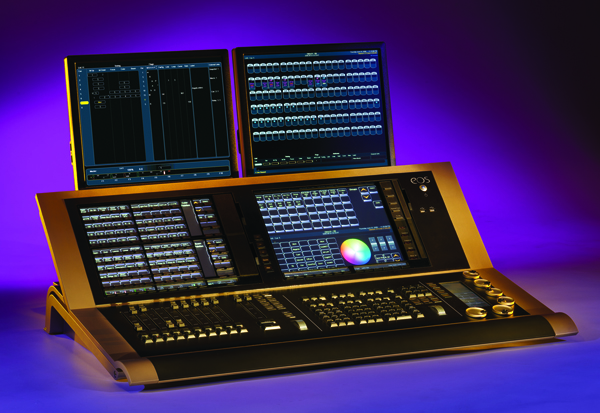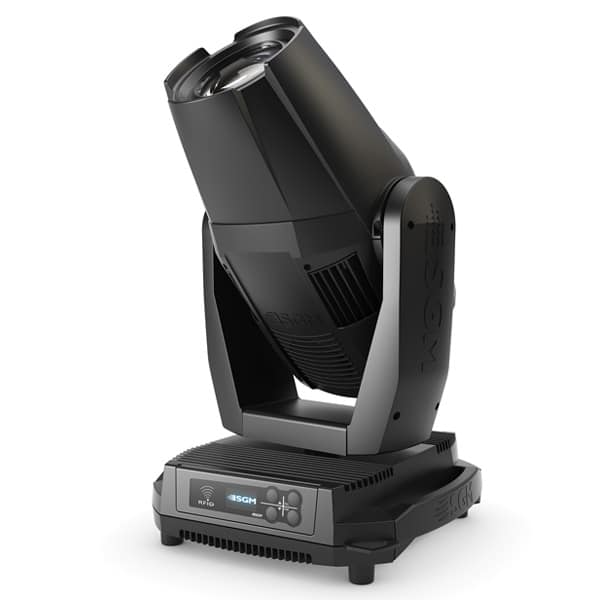
The Golden Globes awards show featured lighting control by the Eos from Electronic Theatre Controls of Middleton, WI this year; an Eos console and a 2X20 ETC Universal Fader Wing were used to control the over 700 channels of lighting used in this year’s awards show. The press release is a great read:
The glamour in Hollywood’s annual awards shows is as much about specialty lighting as it is about red carpets and celebrities: from podium-spotlighting for the award recipients, to concert lighting for changing musical acts and moods, to house lighting for the audience, and effects lighting for broadcast requirements. ETC’s flagship lighting control system, Eos (itself an award winner, having taken top honors at the LDI, Showtech and PLASA tradeshows) handled all those challenges this year to make the recent Golden Globes and Academy Awards shine brighter.
For the 2009 Golden Globes, an Eos console — along with a 2×20 ETC Universal Fader Wing — controlled all of the conventional and practical lights. Board programmer Gil Samuelian built all of the cue- and submaster-contents in Blind and was then able to modify the lighting smoothly during rehearsals before the show. Once it came time to stage the whole show, everything went efficiently with Eos. Samuelian especially appreciated the ‘About’ function: “It’s one of my favorite tools. I can quickly see exactly what is influencing the current output, and it gives me detailed information on a selected target. It takes out the guess-work.”
An Eos console also controlled 700 channels of conventional dimming and hazers, as well as house-, architectural- and on-stage conventional lights for the Academy Awards on February 22nd, 2009. Backing up the Eos on this high-stakes, most-watched entertainment program in two years, was an Eos Remote Processor Unit and two 2×20 Universal Fader Wings with added additional playback options.
“The Academy Awards can be very unpredictable, so hands-on control and fast manual overrides are absolutely critical,” says Samuelian. “Eos easily handles that because of the number of physical faders that can be attached. The combination of motorized and non-motorized faders — both of which provide matching data — makes working in that sort of live environment manageable and clear. The displays provide a complete and easily understood picture of the current state of the rig.”
“These were some of my first shows on Eos,” says Samuelian, summing up the awards-show process this year, “and despite the pressure of the working environment, I found it fast and simple to make changes and keep up with the demand.”




